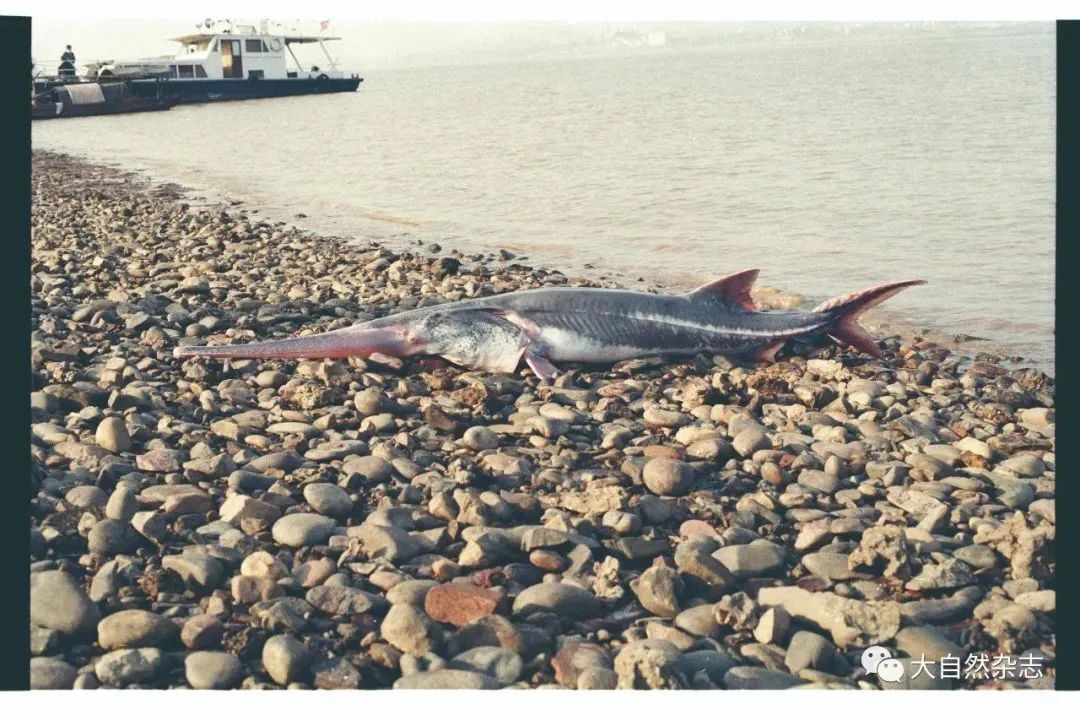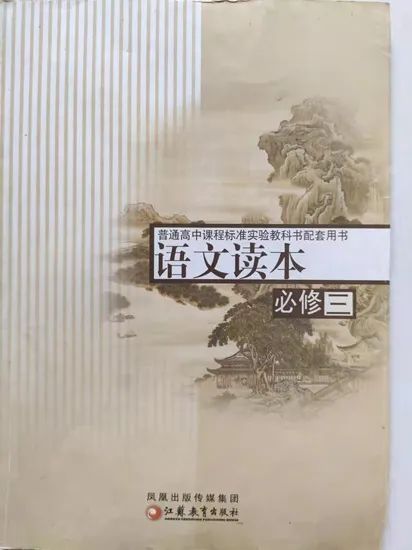Officially announced: White 绝 正 正!
Author:World Wide Web Time:2022.07.21
On the evening of July 21, the International Nature Union for Conservation of Nature and Nature Resources (IUCN) released the global endangered red catalog update report, announcing the extinction of white maggots and the extinction of the Yangtze River.
According to the latest report of the IUCN official website, 26 existing catfish around the world are facing extinction threats. The list shows that the PSEPHURUS GLADIUS is extinct, and the Aciverser Dabryanus is extinct in the wild, and the naked abdomen is extinct. The red list also improved the protection level of 7 other catfish.
The results of IUCN global catfish re -evaluation show that about 2/3 of the catfish population is extremely endangered. River and freshwater biological diversity are essential for humans and nature, but global freshwater biological diversity is continuously lost, and the river ecology is constantly degraded. Arne Ludwig, chairman of the IUCN catfish expert group, said, "the result is shocking and sad, but it is expected. The evaluation shows that the catfish still cannot remove the" most threatened group in the world in the world. 'This title. "
The report also pointed out that the main threats facing catfish facing them include: illegal trade of wild caviar and fish meat brings illegal fishing, the dams block their migration routes, and unsustainable sand and stone mining destroys them. The spawning field, and the loss of habitat.
The three -year -old Asian catfish include the natural population of white ravioli, Yangtze River, and Siberia. The first two are representative aquatic species of the Yangtze River Basin.

The white 鲟 found under Gezhouba in 1993 may be the clearest photo of the world. Danger
According to public information, Bai Yan is one of the world's largest freshwater fish. Sichuan fishermen proverb saying "jacks (Chinese 鲟) 10,000 jack (white 鲟)". It is China's unique species and the flagship species of the Yangtze River.
In 1989, Bai Yan was listed as a national first -level protection wildlife. In 1996, it was listed as "extremely critical" by the World Nature Conservation Alliance (IUCN). In 2009, it was determined to be "extremely crisis (may extinction)" in 2009. Essence In addition, Bai Yan is an Appendix II protection species "CITES) Appendix II, which is also one of the main protection objects of the rare and unique fish national natural protection zone in the Yangtze River. The last white pupae live record was arrested by mistake in the Yibin River section of the Sichuan in the upper reaches of the Yangtze River in January 2003.
The only member of the IUCN catfish expert group, the Researcher of the Yangtze River Institute of the Chinese Academy of Fisheries Sciences, and the initiator of the Wuhan Yangtze River Chinatown Protection Center in danger to compare the Baiyan and Baiyou dolphin: "It is true that catfish is the most threatened in the world. The category group, but the extinction of white 绝 is still what should not happen. The ecological habits of white and white dolphins are different. One breeding one in the upper reaches of the Yangtze River and one habitat are mainly in the middle and lower reaches of the Yangtze River, but the destiny of their extinction is similar to that of the period. This is not an accidental event, but also a profound lesson. Other Yangtze River aquatic creatures must not repeat the same mistakes. "
Yangtze River. Nature magazine map

In this report evaluation, the Yangtze River was evaluated as the wild extinction because it failed to find the proliferative release group. Regarding the status quo of the Yangtze River, the danger said, "The Yangtze River has no natural reproduction for 20 years, indicating that the ecological environment of the Yangtze River cannot be said to have recovered well."
"The extinction of Bai Yan and the wild extinction of the Yangtze River sounded the alarm for us." Zhou Fei, deputy director (project) of the WWF Beijing Representative Office, said, "The result of the red list update reminds us to reverse the freshwater through rescue protection. The trend of loss of biodiversity also requires planning and implementation of systematic protection measures to solve long -term threats. It is not enough to rely on manual measures and a single department investment. The early "downgrade ', better guarding the Chinese 鲟 of Jianghai's tour, and creating the beautiful future of the Jianghai ecosystem."
In recent years, China has increased the protection of aquatic biology in the Yangtze River Basin. The Ministry of Agriculture and Rural Ministry of Agriculture and Rural has successively released the "China Capricorn Rescue Action Plan (2015-2030)", "Yangtze Relic Dolphin Rescue Action Plan (2016-2025)" and "Yangtze River (Da Shi) Rescue Action Plan (2018-2035)". In the plan, the status quo of the Chinese cricket is "decreased in spawning frequency, the number of tourism groups has continued to decrease, and the natural population has declined sharply." For the Yangtze River, the Yangtze River is "natural breeding, the basic peerless of wild population, and the urgent need of artificial groups."
Dangerous Wei said, "The Yangtze River 表示 and Chinese 鲟 should not only have one future. Their artificial groups have already available, but the recovery of natural population is far away. Fortunately 'And "Yangtze River Protection Law" and other favorable policies have been implemented one after another. "
Source: Surging News/He Peiyun
- END -
Jiangsu many regions (return) personnel health management policies

NanjingWith the overall stable situation of the national epidemic situation, in or...
Reading in middle school includes MacArthur's article, publishing house apologize

Recently, MacArthur's article appeared in the selection of MacArthur in the middle...